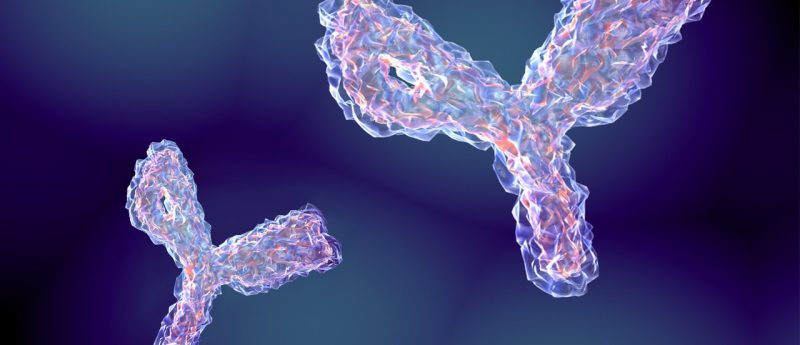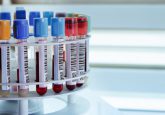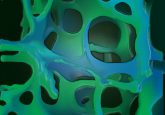Disease pathogens rapidly detected by new test

Immustick, a rapid, easy to use and cost-effective test for the detection of pathogens is being developed by researchers at Fraunhofer Institute for Interfacial Engineering and Biotechnology IGB in Stuttgart (Germany). At present, the only way to detect bacteria, fungi or viruses is through the use of elaborate laboratory tests or animal experiments. Faster tests would be welcomed by the food and pharmaceutical industries as it would allow them to more efficiently check their products.
The test, which can be carried out in situ without laboratory equipment or specialist knowledge, has potential for detecting allergens and disease pathogens in the blood. Use of the Immustick is as simple as using a pregnancy test and involves applying a few drops of fluid to a test strip. The Immustick detects pyrogens: a color signal indicates that pyrogens have docked on immune receptors that are present on the strip.
Financed by the Discover program, the Immustick has passed tests to demonstrate the feasibility of the technology. “We were able to show that it works very well for the bacterial pyrogen LPS. Together with industrial partners, we now want to develop it into a product,” explained project manager Anke Burger-Kentischer, Fraunhofer Institute. “We are currently testing further immune receptors that are specific for other pyrogens.”
The project team envisage applications for the new device in the food and pharmaceuticals sectors or in medical technology, as these industries require a complete absence of germs and pyrogens. Furthermore, pyrogens in the blood can lead to blood poisoning or sepsis, so the team hope that the technology could provide blood analysis in the future.
The stick could also provide cost-effective and simple detection of allergens, some of which are pyrogens. Additionally, the test could be of use in intensive care wards. At present, swab tests for the surfaces of machines or medical devices are costly and laborious. Detection of LPS is widely used for bacterial detection but can take up to 2 hours, , while the presence of other pyrogens can only be detected by animal experiments.
Summarizing the potential of the new test, Burger-Kentischer stated: “The ImmuStick can even detect pathogens outside the body – on medical devices or in hospital rooms for example. However, the technology would certainly also be of interest for testing human blood for germs or allergies.”
Source: www.fraunhofer.de/en/press/research-news/2016/July/rapid-test-identifies-disease-pathogens.html






